Baytown Unopposed; Italy Surrenders Unconditionally;
One Writer Reports "Cockeyed War Op"!
Photo Credit - Operazione “Baytown”: le truppe Alleate sbarcano
a Reggio Calabria, as found at 'A Scenza Riggiu'.
[At another website, the following caption is attached to the same photo seen above: Princess Patricias Canadian Light Infantry and 2nd Canadian Infantry Brigade leave a landing ship at Reggio, Italy. Sept 3 1943. Credit - https://italyww2.weebly.com/photos--artifacts.html]
Introduction:
To my knowledge, at this point in time, Canadians in Combined Operations, including my father, were assigned their own landing crafts (LCMs, or Landing Craft, Mechanised; examples seen at the right side of the above photo) and were known as the 80th Canadian Flotilla of Landing Crafts.
For the first time during the war, Canadian flotillas transported Canadian troops to a foreign shore. In July, just a few months earlier, Canadian sailors were distributed throughout four Canadian Flotillas (55th, 61st, 80th, 81st) of landing crafts and transported Eighth Army troops and supplies during Operation Husky, the invasion of Sicily.
Were some Canadian sailors distributed or sprinkled among crews of other Allied flotillas of landing craft, e.g., aboard LSTs (Landing Ships, Tanks) as seen above on the left side of the photo? I do not know, but I have not read anything that either persuades or dissuades me from that notion.
Below, readers will find several newspaper articles, photographs, ads, etc., from The Ottawa Evening Citizen, issues published Sept. 7 and 8, 1943. Many make note of successful or unopposed landings made on the toe of the boot at or near Reggio, a city that was heavily bombarded just days before British and Canadian troops successfully landed.
Copies of The Ottawa Citizen and many more Canadian newspapers can be found in a magnificent cache of microfiche reels, available for public consumption, at the University of Western Ontario, London.
Questions or comments can be forwarded to me via email or added to the comment box at the bottom of the post. [ gordh7700@gmail.com ]
Before articles from Italy are presented, information about a 'significant parade' is provided. Front page news -
And now, back to the toe of the boot:
I add the following drawing from a favourite book (from Attic Bookstore, downtown London) to help with understanding "the coastal arc held by Montgomery's fighters," mentioned above:

Operation Baytown, and smooth landings at Reggio, commenced on September 3rd.
Operation Avalanche, rocky landings at Salerno, commenced on September 9th.
Salerno is seen above, about 200 miles NW of Reggio and Italy's toe.
Drawing is found in Eclipse, page 32
"The Allies overwhelming superiority in men and material," as mentioned above, came about on the toe of the boot because the Allies were able to move mountains, so to speak, unchecked across the Strait of Messina aboard a variety of landing crafts. I add the following photograph, again from Eclipse by war correspondent Alan Moorehead, in order to reveal one type of craft bursting at the seams wik Allied forces:
"The landing barges go ashore." A Landing Craft Tank (LCT), heavily loaded
with troops, makes its way past a cargo or troop ship. There are three large ships
parked side by side, with Assault Landing crafts (ALCs) hanging from davits.
Photo Credit - ECLIPSE by A. Moorehead. Page 27
[Readers can read more about war correspondent Alan Moorehead and Eclipse here.]
Writer A. C. Cummings may have been the first correspondent to pass along a new phrase that was making the rounds, when he described "the navy's oddly shaped landing crafts" as "the popeye fleet." And "Most Cockeyed War Operations In History." That's a new one too, at no extra charge!
FYI - HMCS Haida was commissioned soon thereafter, and survives to this day as an attraction at HMCS Star, Hamilton, Ontario's Navy base.
FYI: More than a few members of RCNVR who were manning landing crafts in the Mediterranean theatre of war at the above article's date of printing also received training in Nova Scotia, at HMCS Stadacona, beginning as Ordinary Seamen, but without the automatic opportunity to move up to Sub-Lieutenant if they showed the ability. I believe the article is referring to the brand new training centre in Deep Brook (Nova Scotia), i.e., Canadian Forces Base Cornwallis.
The next photograph is of poor quality (sadly, similar to so many found on microfiche) but gives us hope that the original is alive and well in some corner of a warehouse... somewhere. If readers have a better copy or know where to find one, please let me know via email at gordh7700@gmail.com
The sketch of a model directly above reminds me of Meryl Streep
Compare the front page news from yesterday's paper to today's. On the one hand we read about the Soviet Army, a veteran's parade and an extended holiday for students. On the other we have Italy throwing in the towel.
Canadians in Combined Ops, living in bombed-out houses in Messina, took part in the celebrations, and many fired off a pan or two of machine gun shells. (My Dad rolled over in his hammock, listened to the racket and went back to sleep. Maybe he'd had too much vino, maybe he had an early shift on the LCMs). But would Ike's 'war on Nazis be shortened "immeasurably"? What would he say today?
From the mighty leaders (above) we turn our attention to an interesting, almost immediate reaction from an Italian citizen:
Though there were many miles to go, many more lives to be spent on ultimate victory against the Axis forces, many in the world paused to be grateful, to celebrate...
Part of the deal...
The Canadian Prime Minister's point of view:
War correspondent A. C. Cummings draws a line under the significant efforts of the Red Army and Hitler's stubborn refusal to face facts:
Sue's Blues - gone!! In a SNAP!!
Just about anything I find from the pen of Canada's Ross Munro ends up on 1000 MEN, 1000 STORIES:
Another article by Munro follows. Note: It is delayed from Sept. 6, and looks back to the night of the invasion. Munro may have travelled across the Strait of Messina in a Canadian landing craft, and he mentions the name of one Canadian (Army) officer:
Here is another delayed article (no writer's name attached), this time from August 23, while a Canadian regiment was involved in Sicily:
As Canadian sailors deposit Canadian and British troops on the toe, staff writer Alton Blakeslee takes us on a trip back in time re Italy's part in World War II:
And here is another slightly delayed article dealing with sweaty British and Canadian soldiers. A "have grapes, will travel" sort of tale:
It is not unusual, in the midst of collecting details about Sicily and Italy (1943), one discovers an item about Canada's tragic opening chapter to WWII actions:
To go along with the delayed articles, I offer a delayed photograph of sorts:
What's a 'Navyman' to do with a discarded tobacco tin?
More to follow from The Ottawa Evening Citizen.
Please link to Context: Operation Baytown (3) Ottawa Citizen (Sept. 4-6, 1943).
Unattributed Photos GH






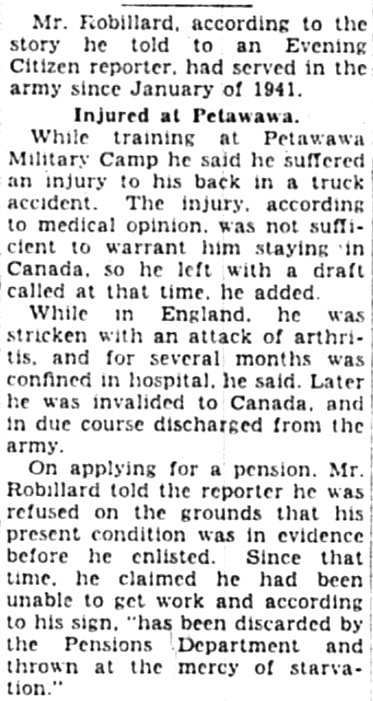



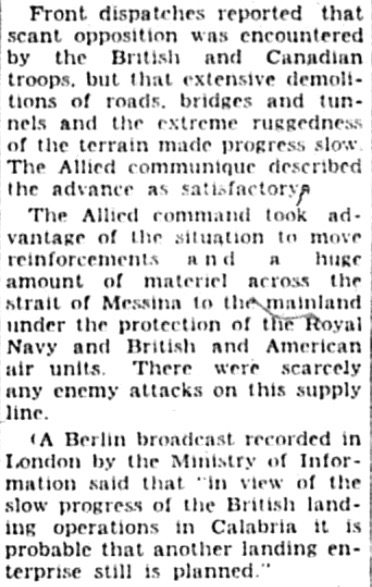







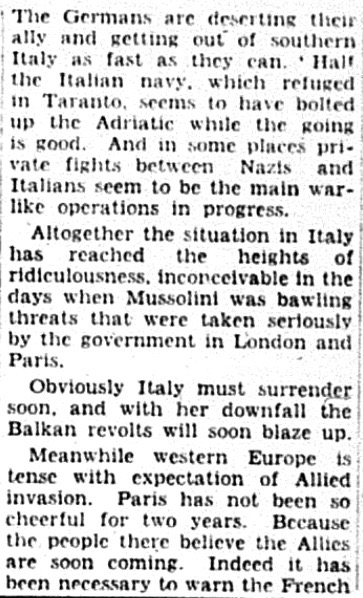


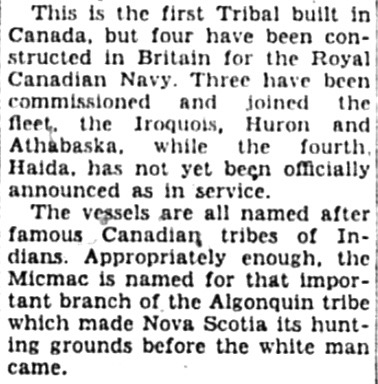










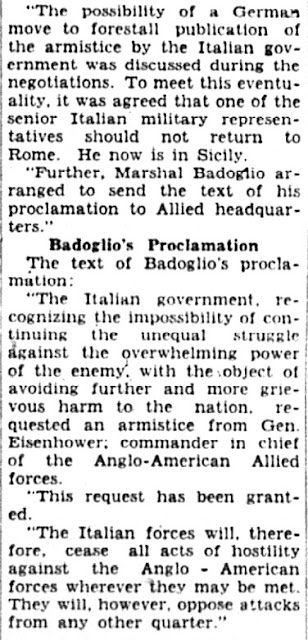
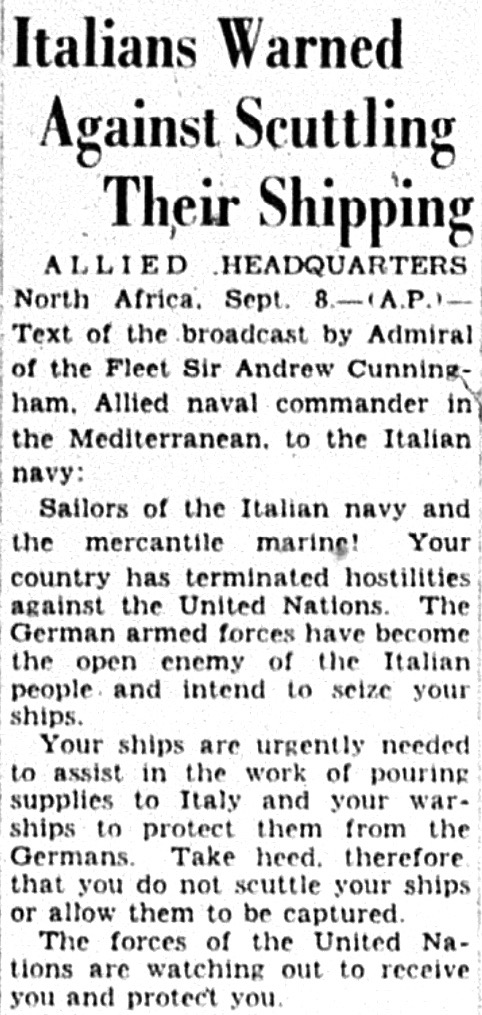


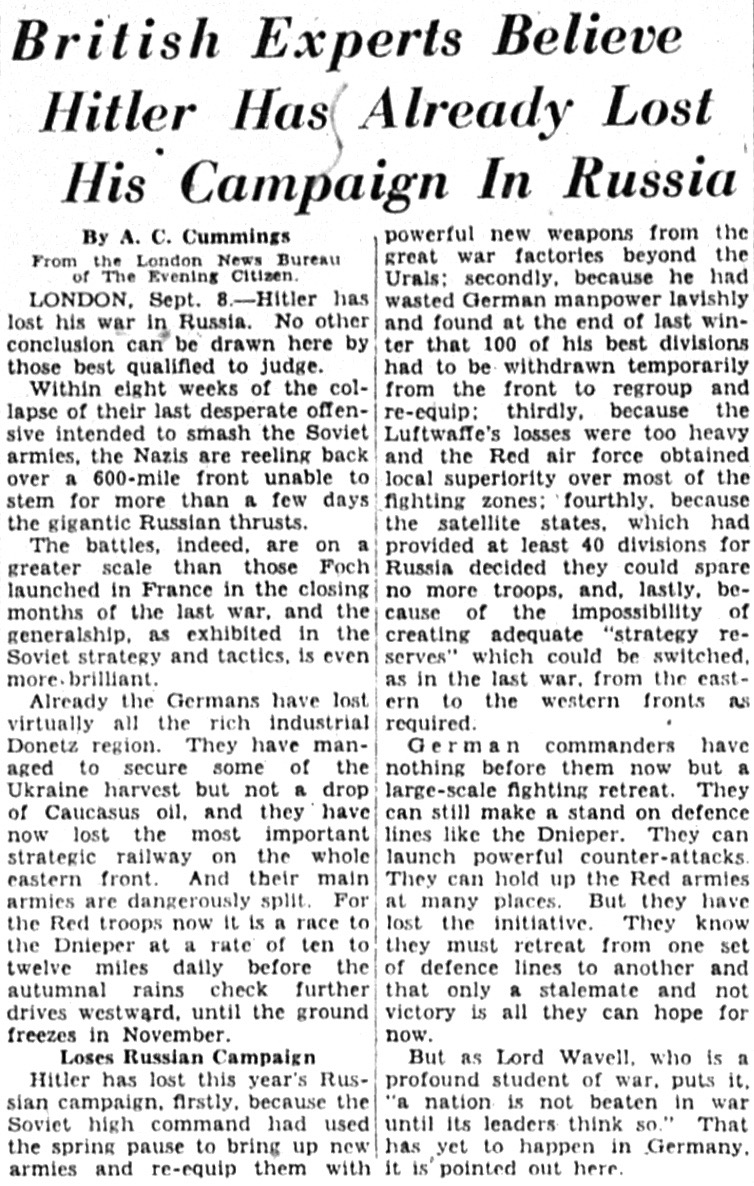

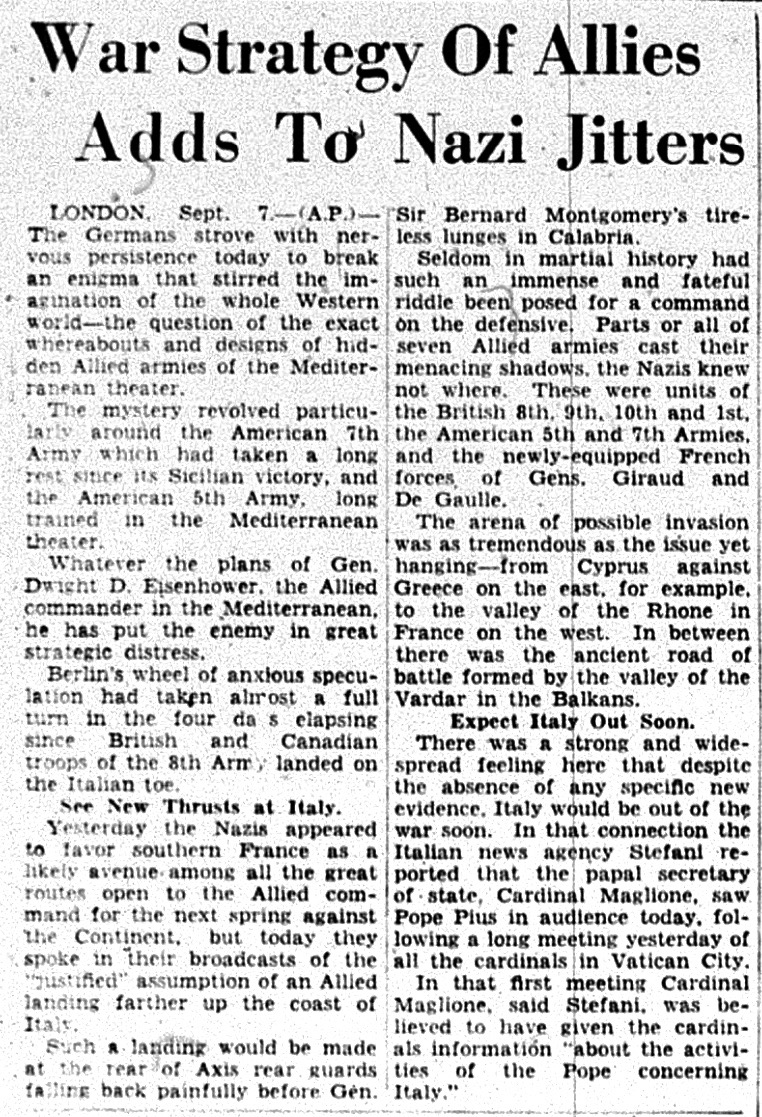
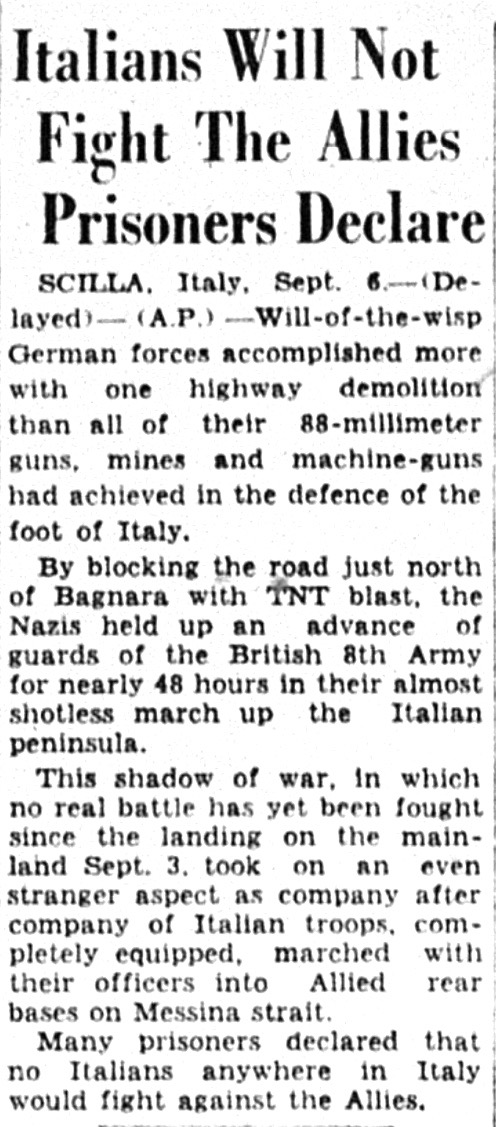









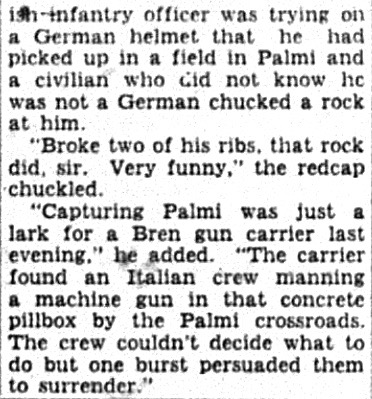




No comments:
Post a Comment